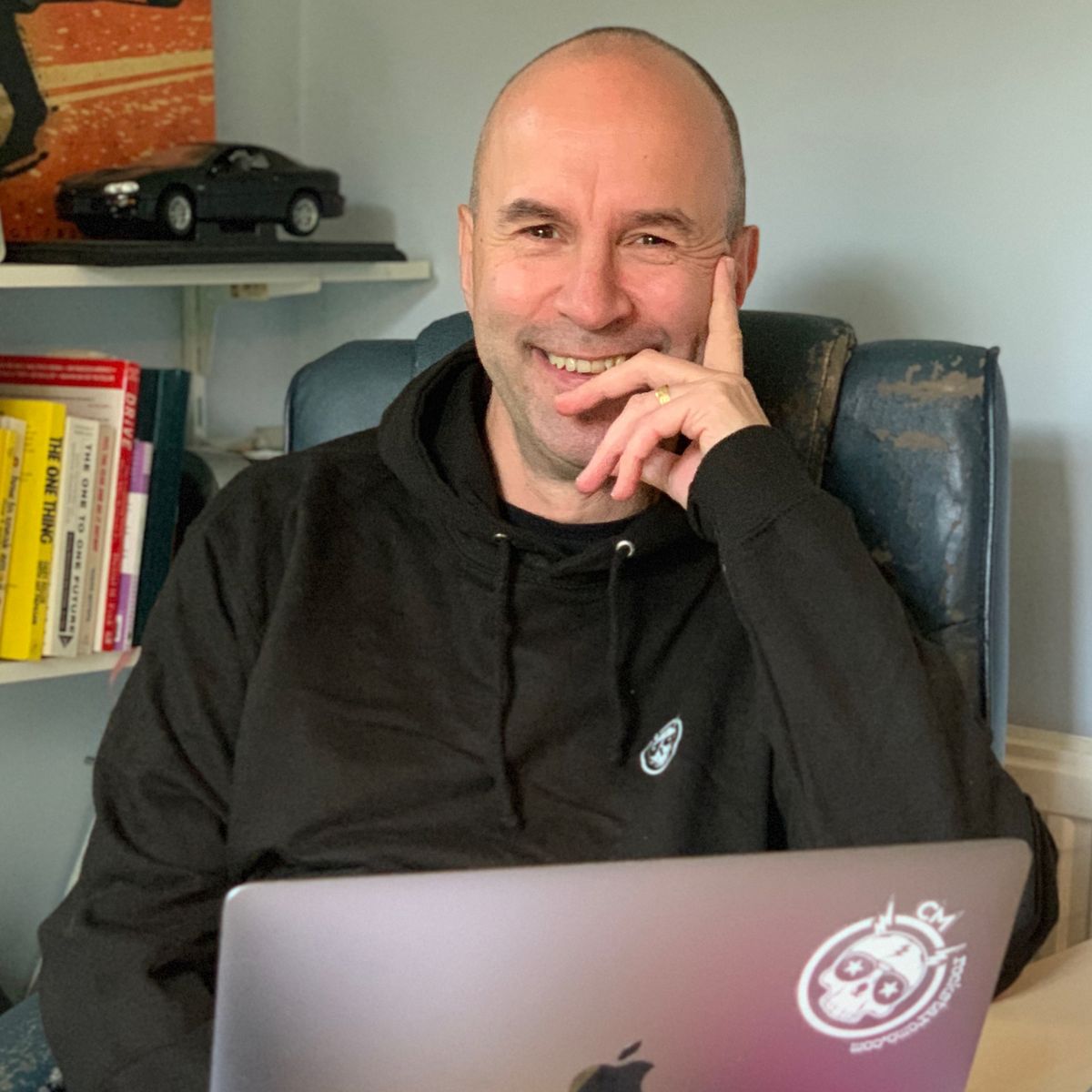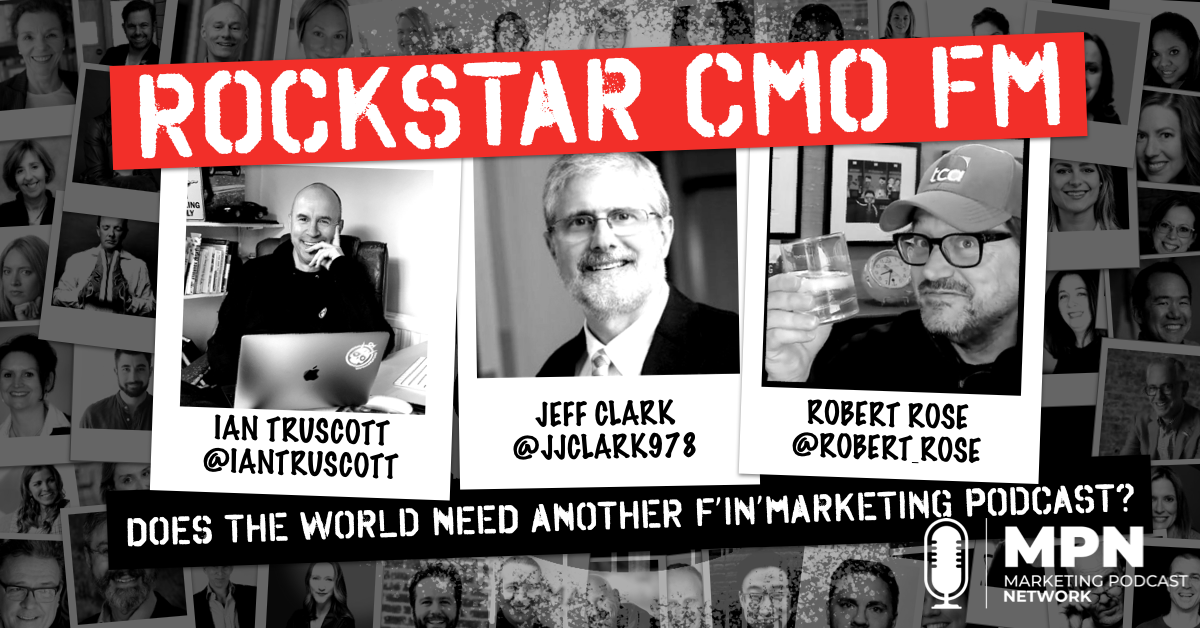Welcome to The Beat by Rockstar CMO. I’m Ian Truscott, not a rock star, but a CMO and trusted advisor, and in this newsletter, I’d like to share a mix of marketing street knowledge that I hope will help unlock the rockstar marketer in you.
Hello rock star!
Last week I had the pleasure of being a guest on my chum Simon Daniels and his co-host Louis Fernandes’ podcast - What’s Broken in GTM and How to Fix it, joining them for a virtual dinner party with two revenue leaders, Ambre Jeanneau, and Helen Sutton
The episode concluded a series they’d run on sales methodologies, covering SPICED, SPIN, MEDDPICC, the JOLT effect, and the Challenger Sale.
Before listening to this series, I can’t claim to be familiar with all of them. Maybe you aren’t either - the only time I have been in formal sales methodology training was prior to my marketing career, when I was actually in pre-sales (we did solution selling back then). However, I love the JOLT effect, as it heavily influenced (OK, I nicked it) my perspective on our buyers’ Fear of Fucking Up (FOFU) and how our buyers are FOFU fighting.
And this, I think, was my big takeaway from a fascinating conversation with this group: how little marketing is involved in rolling out a sales methodology, and yet, how much marketing now plays a role in any of these models, especially as contemporary research and the prevailing wisdom is that a B2B buyer are much deeper into their buying process when they do engage with a seller, than was the case when these methodologies were designed.
Both SPIN and SPICED kick off their sales methods with:
Situation: What is the prospect's current business environment and context? This involves understanding their background, current processes, and where they are today.
Pain: What problems or challenges are they currently facing? This focuses on the specific issues that are not working for them.
Impact: What are the emotional and rational consequences of the pain? This step helps understand the value of solving the problem and the potential benefits of a solution.
And yes, sales will need to understand these things and be enabled with tools and techniques to diagnose them.
But, the buyer is not waiting for the seller, who is no longer a gatekeeper of category knowledge, and the buyer may have figured out their “SPI” for themselves.
The Revenue Department (sales and marketing) needs a common, consistent view of the situation, pain, and impact, so that this messaging and the solution's relevance to the buyer's situation and pain can be expressed early.
There was an excellent example of this at our virtual dinner table. Helen shared her experience of using the Challenger Sale methodology and a story of how she’d provoked controversy with a well-crafted report that she (as a seller) had created to challenge the buyer’s thinking.
That, to me, suggested a missed opportunity: if sales is implementing a Challenger Sale approach, has this intel, and we have an aligned Revenue Department, the creative brains of marketing could be applied to create reports and collateral that could arm sellers to proactively challenge, consistently, on-brand and on message.
It was a fascinating conversation that concluded an excellent podcast series from Simon and Louis, and I’d encourage you to give it a listen.
And the subject line this week? Well, that’s a tune - This is How We Do It by Montel Jordan.
Have a splendid week!
Cheers!
Ian

Ian Truscott
Host & Chief Bottle Washer - Rockstar CMO podcast
Managing Partner - Velocity B
Personal website: iantruscott.com
This week’s street knowledge
Some things from me, my chums and what inspired me this week.
Get your Monday Marketing Mojo Working
This is how we dooooo ittt!!!






